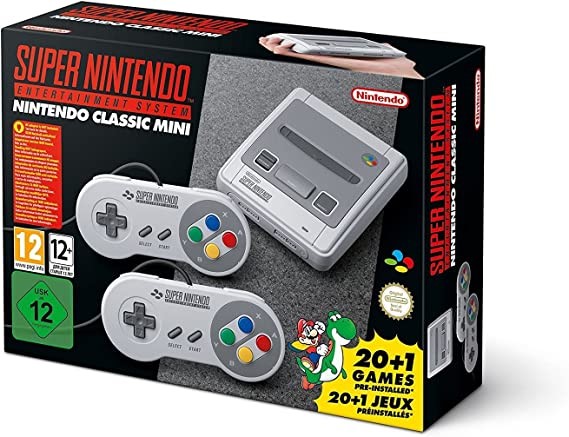This website uses cookies to enhance the user experience.
The Super NES
Wed Mar 22 2023
The Super NES
Introduction
The Super Nintendo Entertainment System or SNES (Super Famicom in Japan), is a 16-bit generation console designed by the Japanese company Nintendo. Released in 1990 in Japan, 1991 in North America and 1992 in Europe, it is the replacement for the aging NES, which was beginning to lose market share to Sega's Megadrive released 2 years earlier.

The SNES was very popular and sold over 49 million units worldwide. It introduced many technical improvements over the NES, including more detailed graphics and a wider colour palette, the well known Mode 7 which allows sprites to be rotated and zoomed.
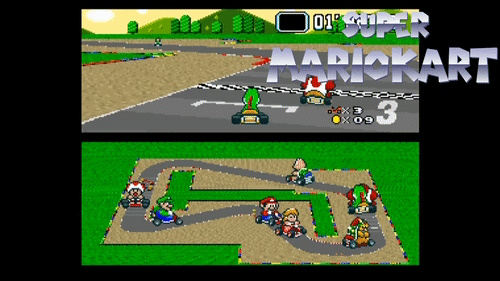
The console also introduced new game genres, including JRPGs which were exported, and horizontal scrolling racing games.
The SNES was launched with titles such as Super Mario World, F-Zero and Pilotwings, all of which were major commercial successes. Other popular games for the console include The Legend of Zelda: A Link to the Past, Super Metroid, Donkey Kong Country and Chrono Trigger.

The SNES was also the first console to include online gaming capabilities, thanks to the Satellaview network gaming system, which was launched in Japan in 1995.
Controllers
The Super Nintendo Entertainment System (SNES) came with a standard controller that has four action buttons, a directional pad, L and R buttons and Start and Select buttons. The SNES standard controller was designed to provide precise and intuitive control for games. It was so innovative that it is often used as a reference when talking about retrogaming. Two versions of the controller exist, with only the colour of the buttons changing to match the local colours of the console.
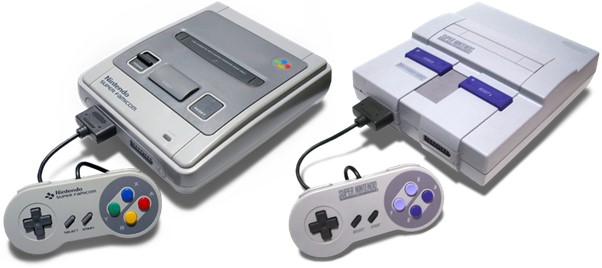
As a successor to the NES zapper, we also find the Super Scope, which is a little larger and sits on the player's shoulder. Only a dozen games have been developed for this accessory.
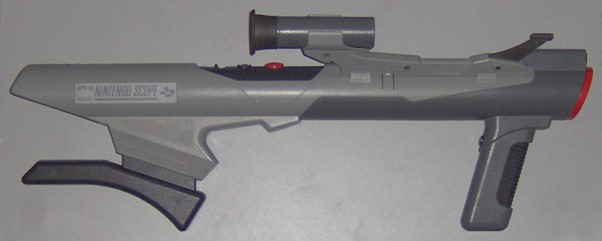
There was also the Super Advantage arcade stick, which allowed you to experience the arcade feeling on your SNES.
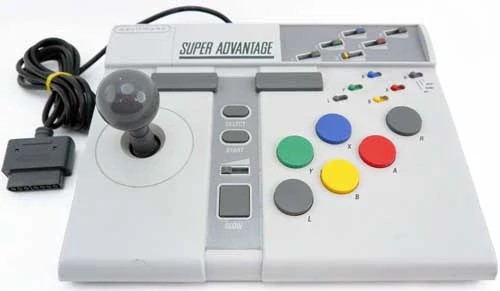
The Super Nintendo Mouse was originally created for the Mario Paint game but over 60 games are also compatible with it. Most of them, however, were exclusive to Japan.
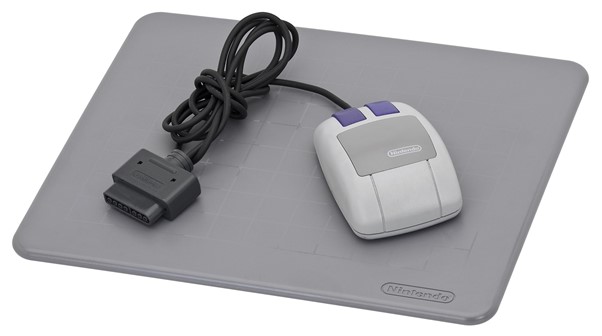
Other controllers have been released by Nintendo (including a wireless controller) or under official license, but are less common.
Revisions
The console has undergone several revisions over its lifetime, mainly to reduce the cost of production.
The original SNES was produced in several versions, notably the shell was different for North America. Several revisions of the motherboard were made to reduce the size and cost of production. The best known of these revisions in retrogaming circles is the so-called SNES One-Chip (or SNES-1C), which combines the previously separate CPU, PPU1 and PPU2 on the same chip. It is known to output the best video signal, as well as natively generating an RGB signal (if the right cable is used).

The SNES Jr. (Super Famicom Jr.) came later, released only in Japan (1998) and North America (1997), is a more compact version of the original SNES.

The Super Famicom Box is actually a pay-to-play box, only available in Japan and available in hotel rooms.
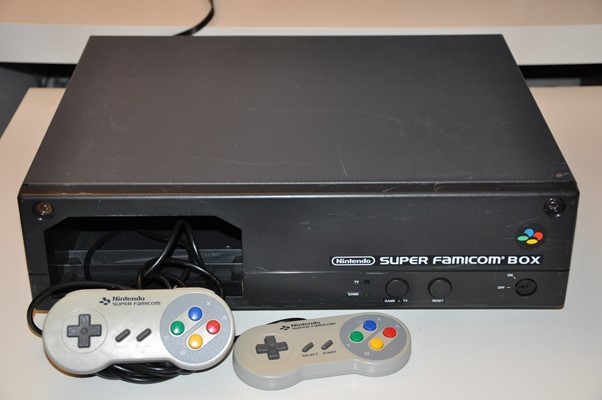
The Japanese manufacturer SHARP marketed in Japan only a television set directly integrating a Super Famicom, under the name Super Famicom Naizou TV SF1. It was sold in two sizes: 14 or 21 inches diagonal.
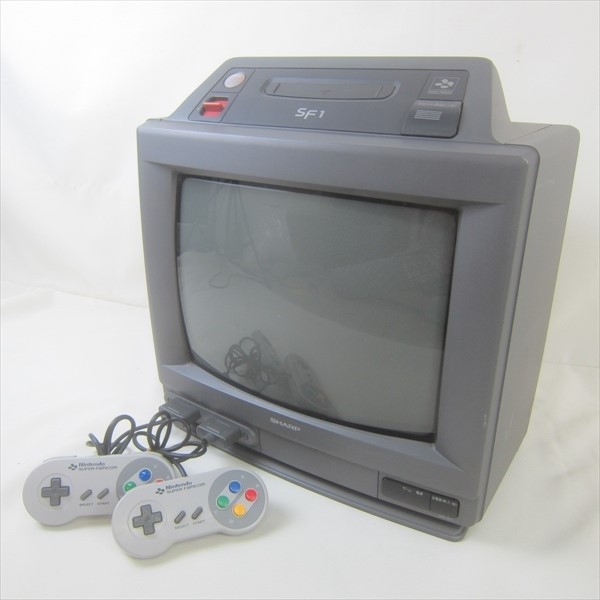
A final version of the console was developed jointly by Nintendo and Sony, but remained only at the prototype stage. This model was intended to add a CD-ROM drive to the SNES. Due to contractual and other disputes, it was never produced, and this is what prompted Sony to enter the console world with the Playstation.
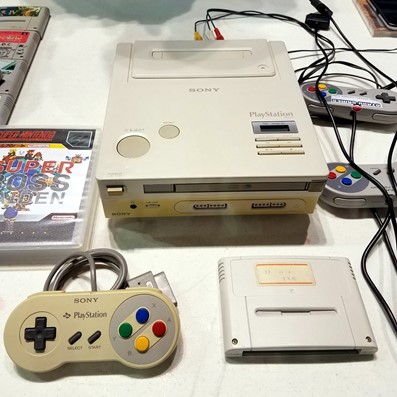
Add-ons and extensions
Only one add-on was developed for this console by Nintendo. It was the Satellaview, marketed only in Japan, which connects directly to the bottom of the console. It connected to a network of satellites that provided access to news, audio and video reports, as well as games in the form of episodes updated once a week. The first game broadcast via Satellaview was BS Zelda no Densetsu, a remake of the first Zelda.
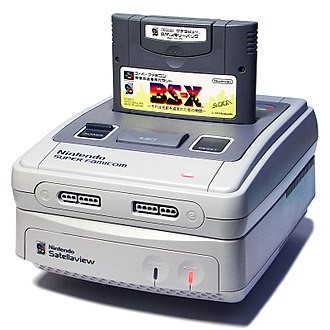
Apart from the addons, it was possible to improve performance, especially graphics, via the cartridge port and some games included extra chips for this. The first game to take advantage of this was StarFox (or StarWing depending on the region), in 1993, which integrated the Super FX chip into the cartridge, allowing the console to handle 3D. A second, more powerful version of this chip was produced, the Super FX 2. Only three games benefited from it: Doom, Super Mario World 2: Yoshi's Island and Winter Gold. With the release of the modern SNES Classic Edition, the game Star Fox 2, using this chip, but cancelled at the time, was added to the list.

A third party manufacturer, Bandai, also managed to get permission to develop a cartridge addon, Sufami Turbo, on the condition that they cover all costs (manufacturing, distribution, etc.). This was only marketed in Japan and consisted of a cartridge with two ports to insert smaller cartridges. The game was played from the first slot. The second cartridge, of another game, was optional and allowed to add content to the game loaded in the first slot.
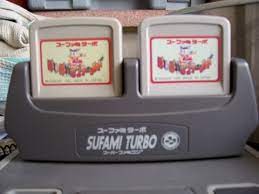
End of life
The SNES was marketed until 1999 in North America, 2000 in Europe and 2003 in Japan, and was gradually replaced by its successor the Nintendo 64.
It was the arrival of the next generation 32-bit (and above) consoles, with better graphics and performance, that accelerated the end of the console's life.
The SNES was sold and supported until 1998 after more than 10 years of life. It ended its life due to a lack of interest from developers and gamers in favour of next generation consoles (Playstation, Nintendo 64, Saturn), which did not prevent games from being released during its last year (Sonic R and Phantasy Star Collection).
Although the SNES is no longer produced and game production for the console has all but ceased, the SNES is still considered one of the most influential consoles of all time. It is widely admired for its superior library of games, which includes titles such as Super Mario World, The Legend of Zelda: A Link to the Past, and Super Metroid.
Today, the SNES is often considered a classic console and is enjoyed by gamers of all ages. There are even modern reissues of the console, such as the SNES Classic Edition, which allow gamers to play SNES games on a modern TV.
